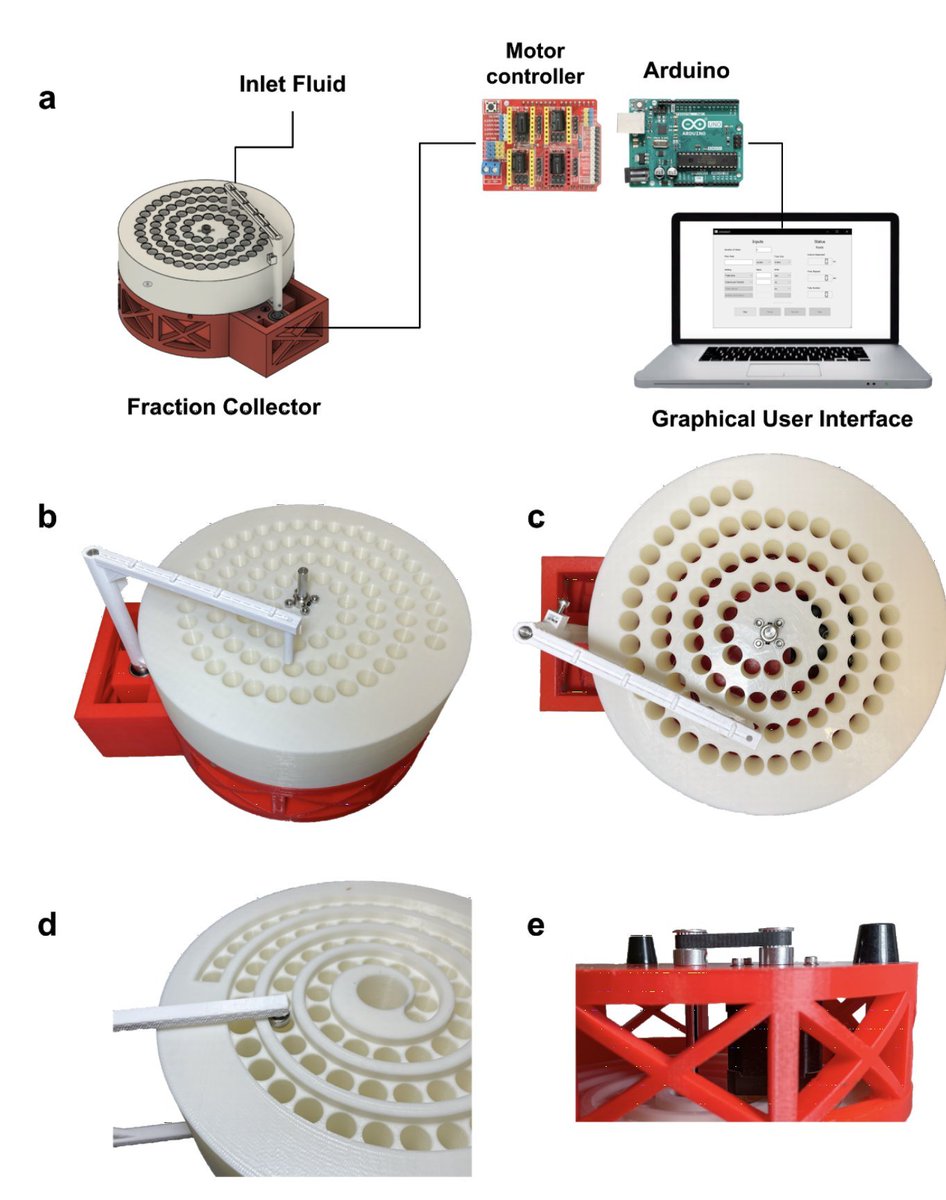
While it’s fun to banter about what constitutes a good lab, the part of this that is uncomfortable to discuss is that leaving a bad lab is in many cases near impossible. Few universities offer much support and PIs can and do retaliate, in some cases ending careers.
https://twitter.com/odedrechavi/status/1396471892475842562
My first committee meeting of a biology student @UCBerkeley, when I was still a junior prof., resulted in a student breaking down in tears as he told us of abuse his advisor was inflicting on him. We brought this up with the advisor and department.
What happened? A few years later the professor was promoted to chair of the department.
Some universities do, at least, cover funding for a semester for students who switch labs. But few places have formal policies in place even for that. And while it’s easier for students with fellowships to transfer labs, PIs can retaliate.
I’ve heard of and seen cases of PIs badmouthing students who left their labs in direct attempts to harm future employment prospects.
It’s also hard for PIs who want to help students. Earlier in my career a student came to me once complaining that his PI was clueless about the research, unhelpful, abusive in interactions and asked me to just offer scientific mentorship.
I did, and while the student never joined my lab, we worked together and wrote a paper. His PI then insisted that he be last author on the paper even though he wasn’t involved at all in the research. Claimed I was “stealing” his student. Some PIs view students as their property.
There are few sanctions ever imposed on PIs for abusing students. When discussed at faculty meetings, it’s inevitably students who get blamed for any conflicts with their advisors.
As a math professor @UCBerkeley I attended a faculty meeting once where profs. talked about students who were having trouble graduating. One student had been in the program 10 years and hadn’t written a thesis. His advisor was asked what the problem was.
He replied “I gave him a problem but he’s an idiot. You want me to give him another problem to work on?” Everybody laughed.
The same advisor had one student who left after working with him for 5 years. One day, after presenting him work she’d been doing for 3 years, he just laughed at her and said “oh, didn’t I tell you this was solved 2 years ago?” Another prof. “rescued” her so she could graduate.
She wrote a beautiful thesis in a new area shortly thereafter.
Of course it’s good advice to tell students to choose labs carefully. But the advice that’s really needed is for PIs, not students. The advice is to create environments in their departments where students don’t have to choose labs carefully, because all labs are “good”.
• • •
Missing some Tweet in this thread? You can try to
force a refresh










